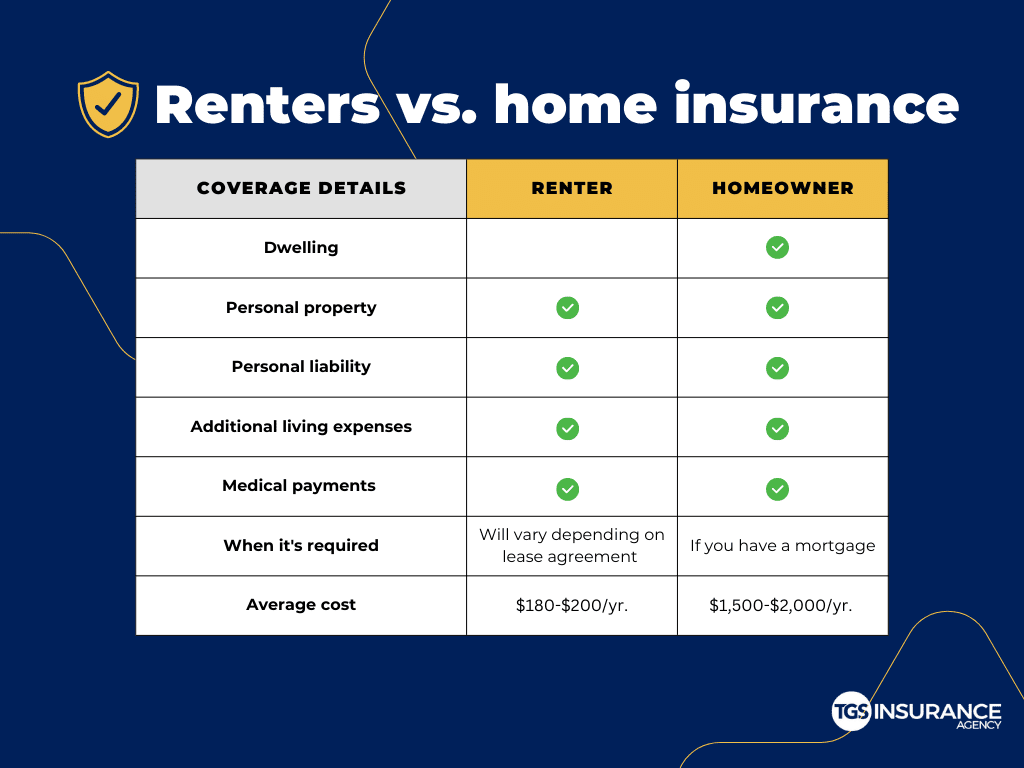
When it comes to health insurance, Idaho offers its residents a number of options. Blue Cross of Idaho, Regence Blue Shield Idaho Molina and PacificSource are just a few of the many carriers that Idaho has to offer. Idaho offers Medicaid, an federally funded program for low-income people. Medicaid, which can offer free or low cost coverage for all who are eligible, is one of its many benefits.
The Affordable Care Act (ACA) also has a large impact on the state's residents. If you qualify for a premium tax credit, you may be able to reduce your monthly premium. A broker can also help you buy an off-market policy. Before you make your final decision, be sure to understand the pros and cons of each option.
Three primary metal tiers or classes are available for Idaho health insurance. Each class comes with a variety of features. The Silver class is designed for those with moderate to severe health conditions, and the Gold class for those with chronic diseases. A Silver class plan will provide coverage for 70% of your medical bills, while a Golden class plan will provide coverage for 80 percent.

The bronze level covers 60 percent of your medical bills and is the cheapest. The monthly premium for the bronze class will be lower than that for the gold. As well, copayments will be lower for the silver class.
Idaho's largest population is actually covered by individual-market policies. The average premium for an individual insurance plan in Idaho is $231 per monthly. This is a great deal when compared to the price of a benchmark policy, but it's not an affordable option if you want a comprehensive policy.
The ACA created a variety of new regulations for health insurance. The ACA requires that insurance companies provide coverage for pre-existing medical conditions as well as all health benefits. For eligible medical expenses, an HSA (health saving account) can be used. Lastly, all insurance plans must comply with the ACA rules pertaining to coverage.
With the Affordable Care Act in place, most Idaho residents can shop for new health insurance plans. The open enrollment period for the ACA is in November. You'll have 60 days to switch or modify your current plan. It makes it much easier for people who don't like the current coverage to switch.

The most important news is that Medicaid can be applied for. The federally-funded program will provide basic dental and health services for low-income residents. These benefits include visits to the doctor, immunizations, hospitalization, and more. Furthermore, you'll be able to get your children's vaccinations, too.
You might consider buying individual health insurance, depending on how your budget works and your health. It all depends on what your needs are and where you live. Shop around to find the best plan. You can also enroll during special enrollment periods in the event that your coverage is lost.